CHAPTER ONE: PEELING BACK THE LAYERS
There was this chrysanthemum bush that would not flower. I assumed that the issue had to do with how it was watered and fed, so I ensured that this plant got the best care as far as watering and feeding was concerned. However, after 3 months the situation had not changed and so I conducted a thorough examination of the plant. The culprits were fungus gnats and tiny snails feeding at the base of the plant. On the surface, the leaves and stems looked fine and even though these pests were not killing the plant, their presence was impeding its growth. My assumption that the foliage looked good, so it meant the roots of the plant was also fine was flawed.
In business we see similar situations where the very assumptions held by a firm begin to contribute to its deacceleration. At the sign of poor performance or stunted growth, the tendency is to look out for the big-ticket items and focus on them. Most businesses assume that the basic and little things will be resolved once the more important ones are tackled. However, it is usually the little and hard to spot things that are mostly glossed over and left to fester.
At this point, I am sure you are wondering if having assumptions are a bad thing for businesses? The answer is no. In most organizations, business cases are put together with a set of assumptions. Additionally, most business strategies would not be approved if they are not backed by certain assumptions. The caution here is not to let these assumptions become the “North Star” guiding all endeavors of the business without periodically checking in on their validity .
Strategic drift occurs so slowly that by the time a company can confirm that the strategy it is pursuing is no longer relevant to its stakeholders, it is usually too late, and the company may already be in crisis. Luckily, COVID-19 has contributed to the rapid change taking place in most industries. This has pushed business leaders to launch transformation plans, challenged the delivery timelines for key projects and accepted the notion of quick experimentation. Industries are fast evolving, and it has become necessary for businesses to conduct periodic strategic analysis on their businesses to ensure that changes within the industry, the organisation and the wider environment are identified.
Benchmarking a firm’s resources and capabilities against that of its competitors and the players that exist within its industry can help the firm to achieve competitive advantage by leveraging on its core competences.
A quarterly review is ideal but not prescriptive. Business leaders know their trade best and can estimate how frequently this appraisal needs to be done. Setting some time to review the strengths and weaknesses of the organisation as well as the threats and opportunities external to it can deliver valuable insights on how businesses can leverage their core competencies to deliver competitive advantage.
The fact that the business case got approved, does not make the assumptions in it valid. Peel back the layers and get to the core of the issue. May you find that tiny issue and deal with it before it starts eating into the foundations of what you have built to slow things down. Be courageous! Go on, challenge the status quo today.
#gardeninspiration #strategy #assumptions #challengingthestatusquo




